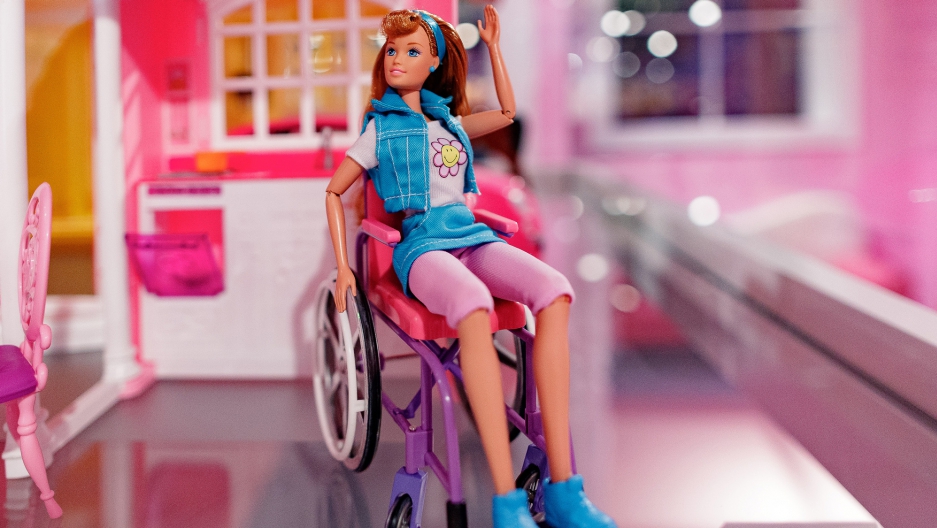Mattel has finally introduced a new disabled Barbie doll.
Mattel’s first disabled Barbie, ‘Share-a-smile Becky’, came out in 1997 but was quickly removed from shelves when people lost interest as the doll and wheelchair were not compatible with Barbie’s earlier accessories such as the Dreamhouse, which was not wheelchair accessible.
Now Mattel is back to redeem itself again with a new line of dolls with disabilities. This includes a Barbie in a wheelchair, one with a prosthetic leg, and a ramp to make the Dreamhouse accessible. But is this new attempt at diversifying their dolls really going to make a difference?
The multi-million-dollar company should have taken accessibility issues into account when they first released Becky. When they didn’t do so, and rushed the product out with little thought, they risked making any disabled child feel as though they were like that doll, something that was excluded from spaces that aren’t designed for them. But now with these new dolls, they are designed to a much higher standard and represent more accurately what disability can look like.
The release of these dolls comes at a time some may consider too late, but the fact they are being released anyway is somewhat of a miracle. There is a distinct lack of representation in children’s toys when it comes to disabilities.
For a young child to be able to see these dolls, whether disabled or not is something really positive as it will make someone with a disability feel more normal and included as they now have a Barbie they can relate to. For a child without a disability, they can see these dolls and have disabilities more normalised in their life, and also be more understanding of people who have disabilities. A positive conversation is being opened, that can start at a young age.
The release is a positive matter, but there are still some issues, as there always seems to be. The dolls are still skinny, conventionally pretty and well made up. There is still a lack of diversity in that sense. It suggests that yes, you can be disabled, but you still should be skinny and wear makeup. I spoke with a woman who is disabled and was in a wheelchair for some time as a young girl about this release.
Generally, she said she liked that these dolls were finally being released, and even agreed that as a younger child who played with Barbie dolls she would have appreciated a doll such as these. “I would have loved one because its normal, everyone had a Barbie doll and it was just another thing that everyone had so to have one like me would have been great.”
She said it was a great idea because Barbie dolls were no longer telling one story of one type of person. As a kid, you don’t have body insecurities yet, so for younger children, having a disability is even more noticeable because they aren’t analysing each other’s appearance yet, so a disability sticks out. When it came to asking her about the dolls still being perfectly made up and skinny, she had a different outlook.

“The whole problem with Barbie is that they have always been the skinny, tall, blonde, plastic doll and there’s no variation, it’s just the Barbie doll, it’s almost two different issues in my head. But something that still needs addressing.” She agreed that it was something different to look and a good step in the right direction but still she thinks they are clearly made by able-bodied people who aren’t really clear in the realities of disability.

